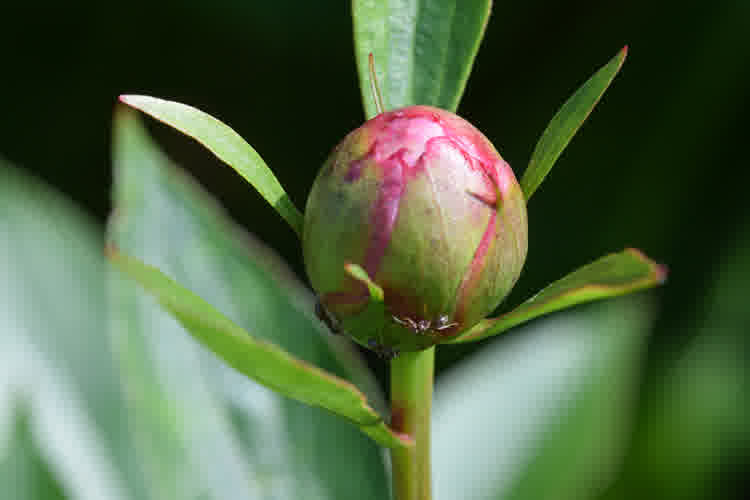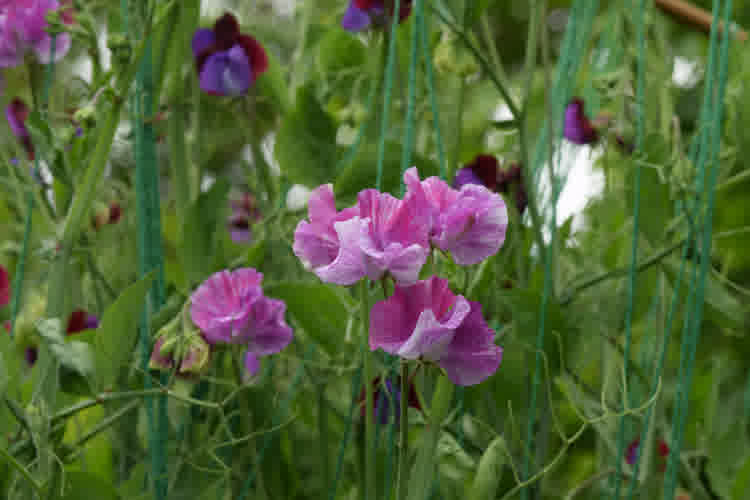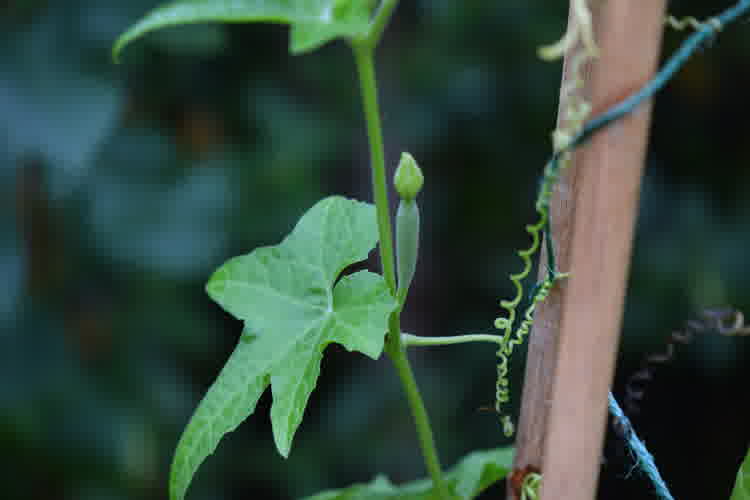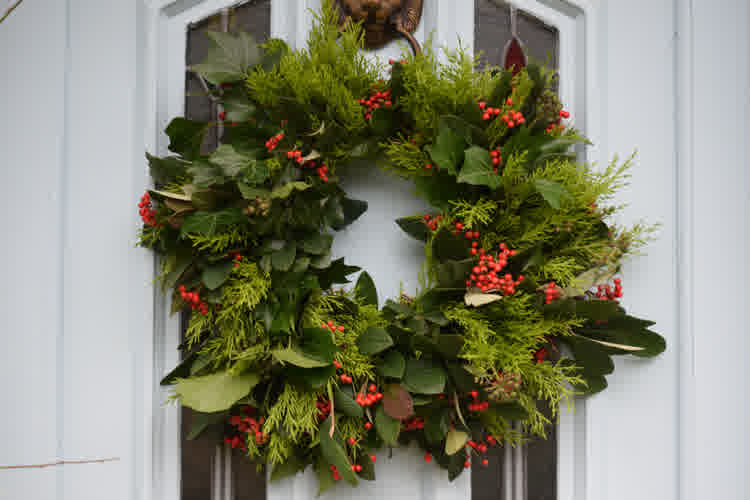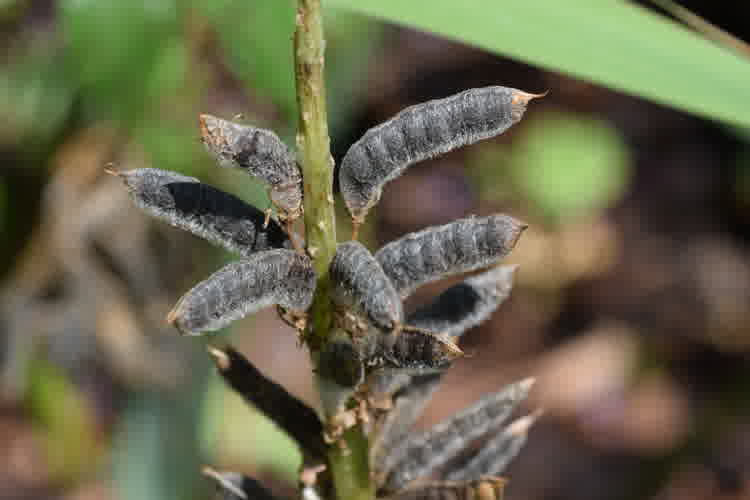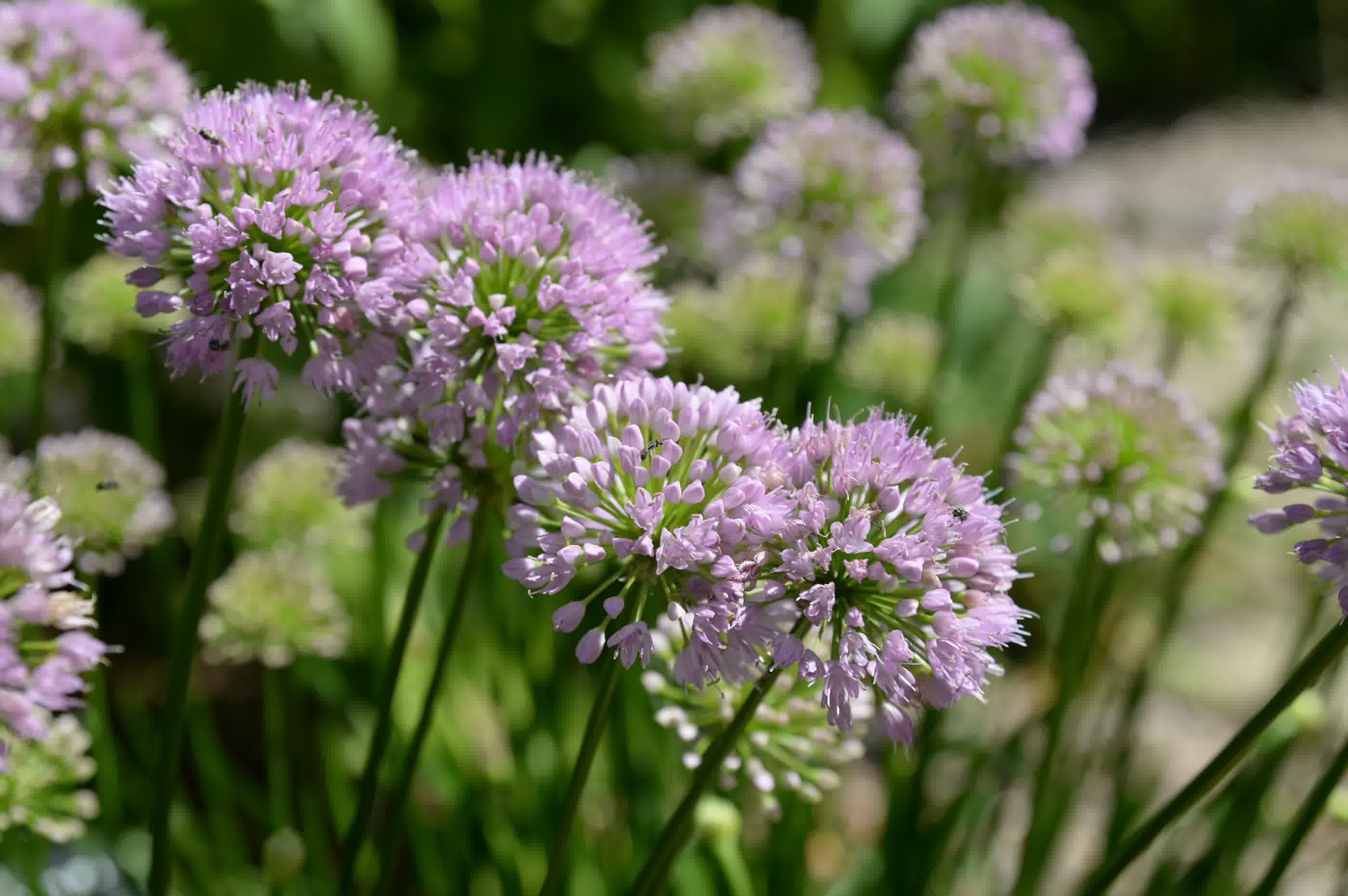
Alliums
Table of Contents
Varieties
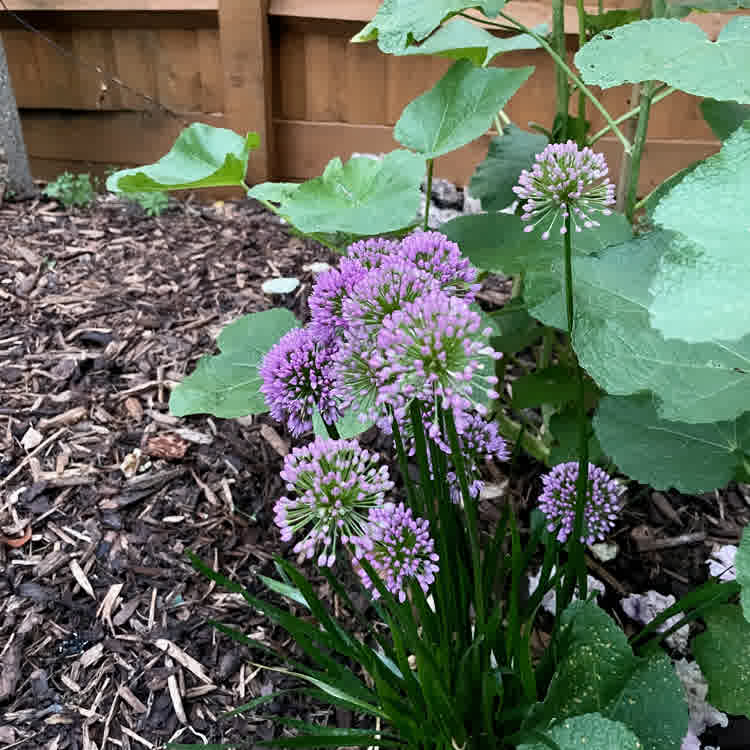
Alliums are a group of plants that include some familiar names, such as onions, garlic, chives and leeks.
Ornamental alliums are grown for their uniquely stunning flowers.
Their rounded flower heads, sometimes near-perfect globes, consist of many smaller star-shaped blooms. Most allium flowers are purple. However, some varieties are shades of red, pink or white.
They range in height from about 25cm to over 1.25m. Some of the more commonly grown varieties reach heights of around 75cm - 100cm, such as purple sensation, globemaster, and gladiator.
Alliums are hardy perennial plants.
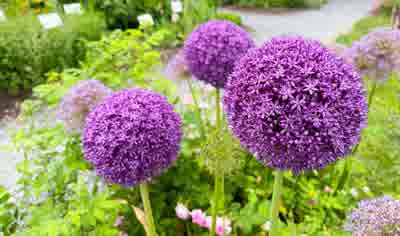
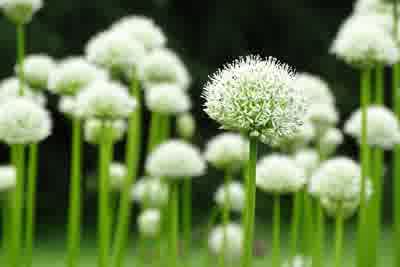
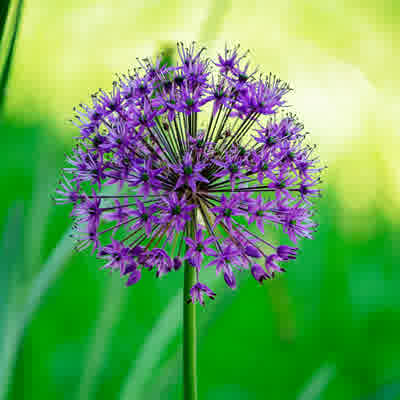
Planting
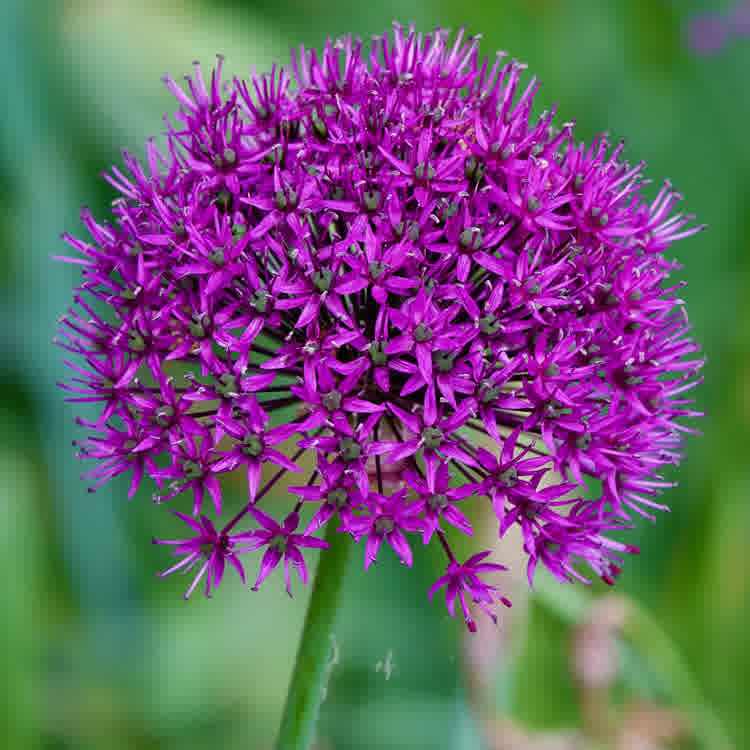
Alliums will do best in full sun and well-draining soil.
Alliums make a great addition to flower beds, borders and containers.
Taller varieties are better suited in sheltered positions as strong winds can topple the top heavy flowers over.
Planting alliums is straightforward. The best time of year to plant them is mid-autumn.
Dig individual holes for each bulb you are planting. The depth of the hole should be roughly 3-4 times the bulb's height.
Spacing depends on the variety, with taller types spaced further apart. A Purple sensation should be around 10cm apart, and taller varieties like globemaster and gladiator around 25cm - 30cm apart.
There is no need to add fertiliser.
Add horticultural gravel to aid drainage if your soil is of a heavy type, such as clay.
Backfill the hole and firm.
There is no need to water if the soil is already moist.
Alliums grown in containers are just as easy to plant.
Dig a hole as deep and slightly wider than the container. Add horticultural gravel if on heavy soils.
Ease the allium out of the container and place it into the hole.
Backfill the hole and water lightly.
Ongoing care
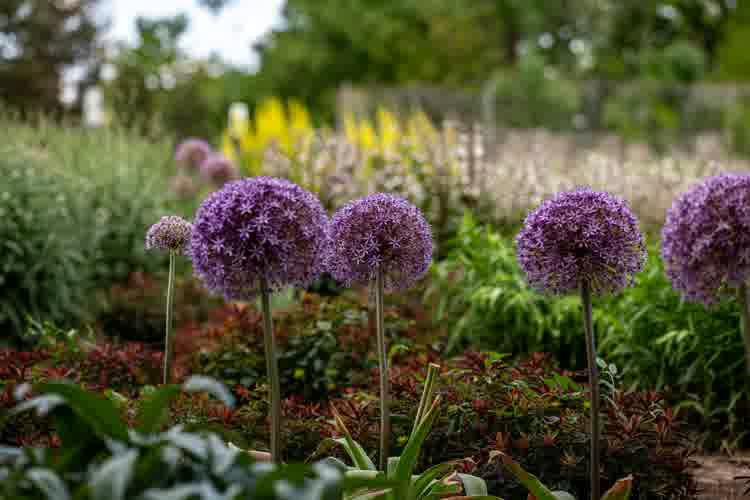
Alliums are very low-maintenance plants.
Alliums are drought tolerant, and when grown in the ground, they shouldn't require regular watering.
The soil within containers can become very dry, much quicker than the ground. Therefore, container-grown alliums will require some additional watering.
Regular fertilising is not necessary.
Alliums grown in poorer, nutrient-deficient soils can benefit from a single application of a balanced fertiliser in spring.
There is no need to prune or deadhead alliums. Even once the flowers fade, alliums still add an attractive look to the garden.
Pest and diseases
Alliums are relatively resilient and usually problem free, but this doesn't make them immune.
Below are some issues to look out for when growing alliums.
Pests
Onion fly adults and larvae feed on plants in allium family.
The adults look like small grey house flies. The larvae are white maggots, reaching 8-10mm.
The larvae cause the most damage as they feed on the plants, including the bulbs and foliage.
The damage caused by these pests can make the plants more susceptible to other diseases.
There are no insecticides available to home gardeners to control these pests. Once the larvae are present, removal and destruction of the plants are usually the only effective method of control.
Diseases
Onion white rot, also called allium white rot, is a serious fungal disease affecting the roots and bulbs of plants in the allium family.
Symptoms include wilting and yellowing of the plant, potentially stunted growth, and white fungus.
The white fungus grows on the base of the bulbs, so you will need to pull up the plants to see this, which is usually done if the above symptoms are seen.
The white fungus will eventually progress into small black bumps.
The fungus can persist in the soil for many years.
Unfortunately, once present, there is no method available to home gardeners to control it, either naturally or chemically.
